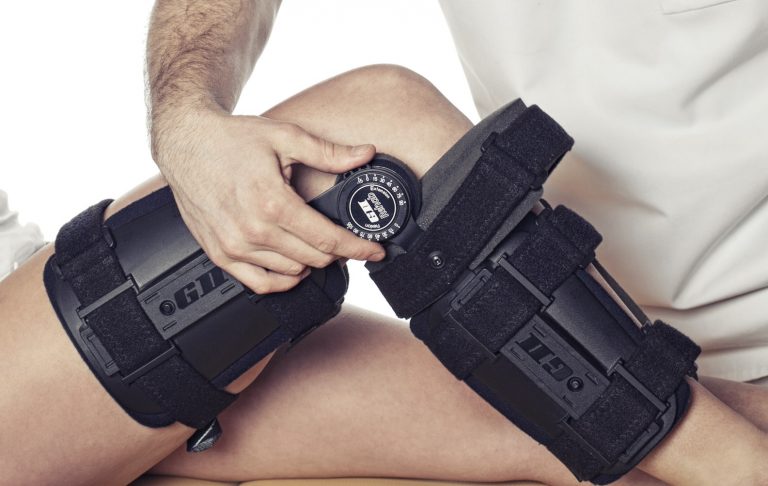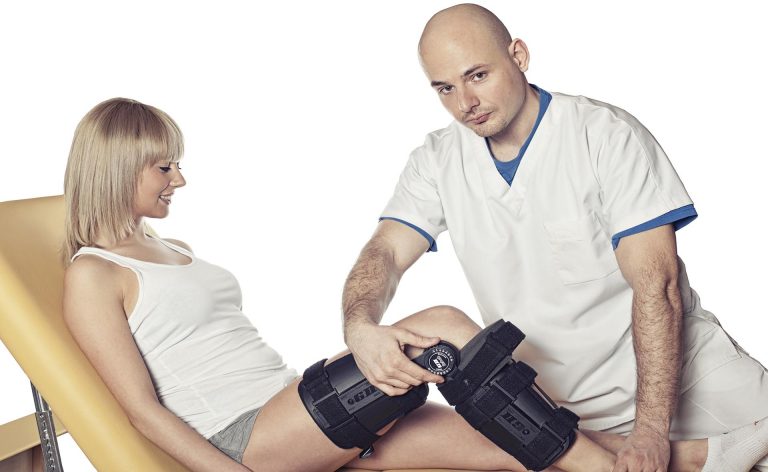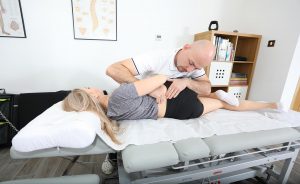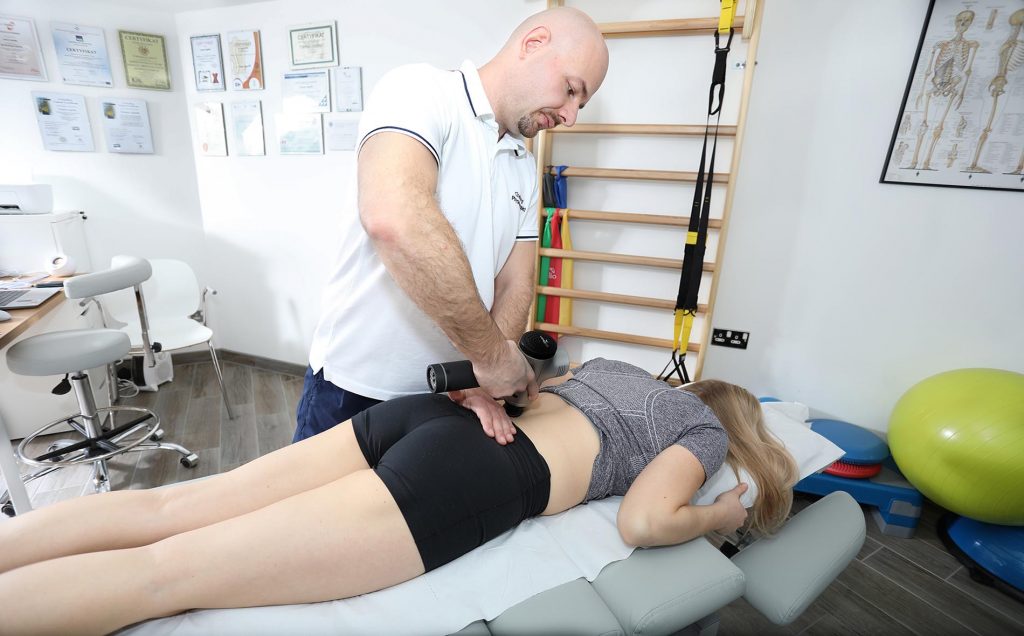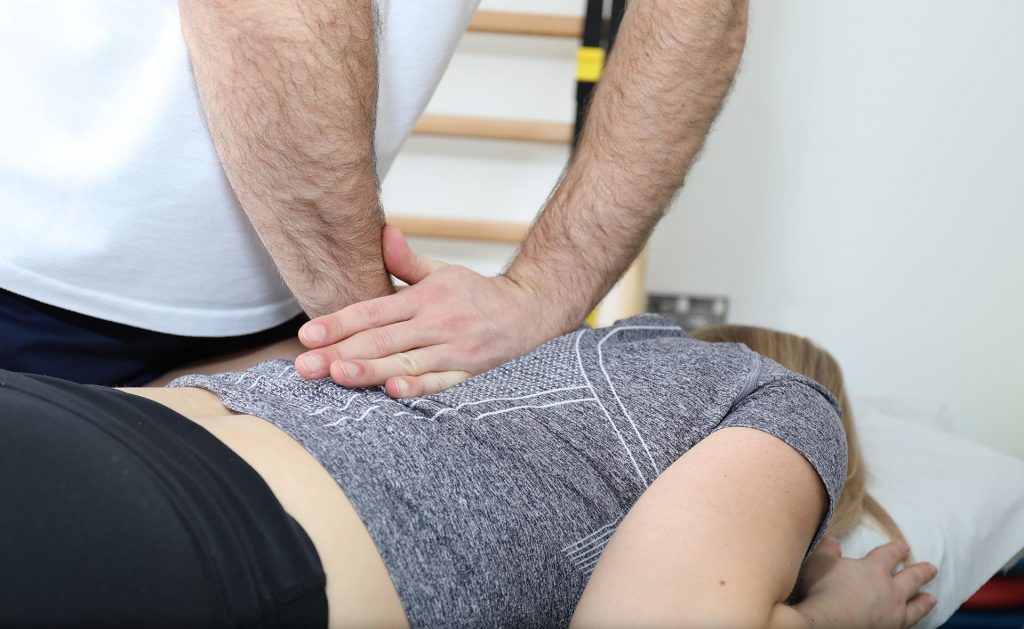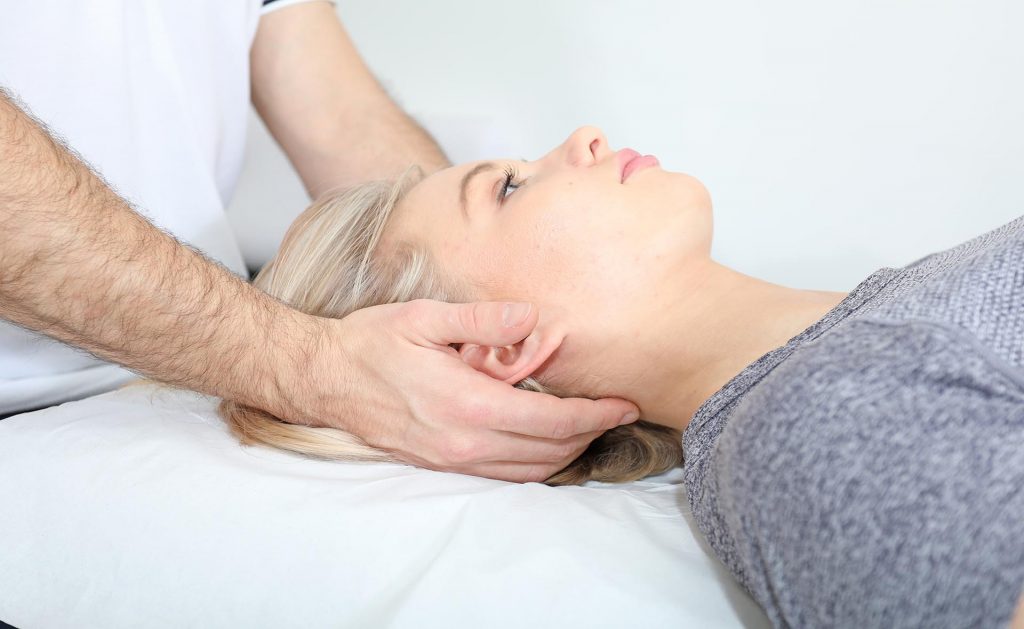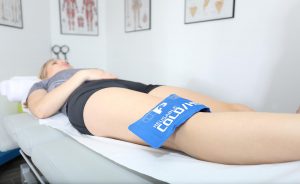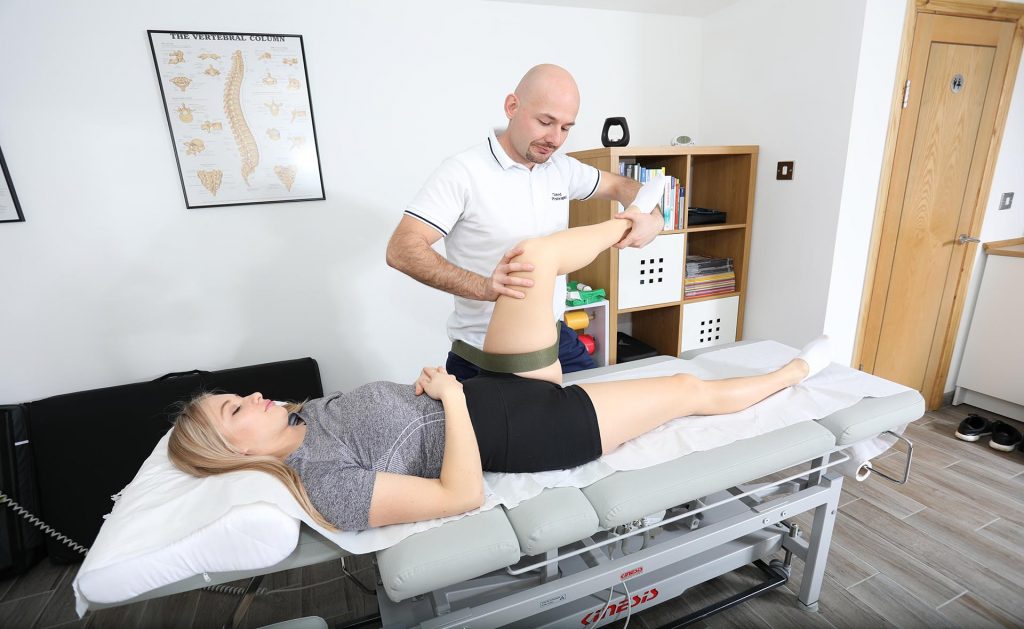Orthopaedic
Appliances Southampton
In PhysioCraft as a specialist Physiotherapist in the field of Orthopaedic Appliances. We offer consultations and therapy with Orthopaedic Appliances around Southampton.
What Orthopaedic Appliances do?
Orthopaedic supplies are the activities related to the design, adaptation and use of ancillary articles. The main goal is to improve the functioning of the disabled person and ensure a better quality of life by reducing the effects of disability. The role of orthopaedic equipment is to support treatment and rehabilitation. It enables to regain the lost functions through stabilisation, relieving or correction of the musculoskeletal system. It makes people who use rehabilitation equipment independent and more willing to participate in social life.
- Prostheses (e.g. lower/upper limbs, cosmetic)
- Orthoses (e.g. knee, foot, spine)
- Locomotive, sanitary, and auxiliary equipment
- Removal of architectural barriers
- Preparation for surgical treatment
- Assistance after surgery (stabilisers, orthoses)
- Prophylactic (compression stockings)
- Transport (crutches, canes, walkers, prams)
- Rehabilitation (standing frames, footwear and orthopaedic insoles, corsets)
Objectives:
- Supplement – lack of a limb, supporting a disturbed function
- Stabilising, relieving and immobilising
- Correction – used for distortions, e.g. corsets with scoliosis
- Reduce pain
- Self-service assistance
- Walking aid
Individual adjustment is essential, as the patient’s possibilities, size, activity, and needs should be considered. Based on their experience, the therapist explains how each of the assistive devices should be used. If needed, they will advise on which one will be best in supporting the lost function. They will inform on possible ways to facilitate disabled patient care. They will provide instructions on the removal of barriers, i.e. adapting a room to a disability or removing rugs, should there be problems with walking.
From the practical point of view, the physiotherapist will help adjust the crutches’ height and teach the patient the technique of walking and climbing the stairs. After a knee, ankle, or elbow treatment, they will instruct you on the way a stabiliser should be put on and removed, as well as the way and frequency of changing its bend angle. Depending on the position of the foot, they will help you choose the appropriate shoe inserts. They can advise what mattress or pillow to use to reduce the night and morning back pain. After hip arthroplasty, they will advise you on an appropriate toilet cushion and other orthopaedic devices to maintain a 90-degree hip angle to prevent dislocation of the new artificial joint.
A study conducted by Sakakibara BM, Miller WC, et al. showed the need for training in riding a wheelchair for the elderly to learn to manoeuvre, which gave them confidence in solving problems.
Book your appointment
Orthopedic supplies in PhysioCraft
Orthopedic items are used to support, correct, determine the angle of flexion, immobilize, stabilize and relieve stress in static and dynamic conditions. They are made on an individual order, because they must be tailored to the needs of patients and their type and degree of disability. Depending on your needs, they can be equipped with orthotic knee, ankle and hip joints.
Orthopedic appliances allow for a quick return to normal functioning in social life and at the same time significantly increase its comfort. The choice of the appropriate equipment depends on the doctor’s indications, the type of disease and the individual characteristics of the patient. Thanks to all the information, I can choose the best solution that will help you heal your injury and help in everyday life. Orthopedic orthoses are made of high-quality materials, which guarantees their impeccable work every day. If you are looking for help in selecting an orthopedic appliance, please do not hesitate to contact me.
Book your appointment
